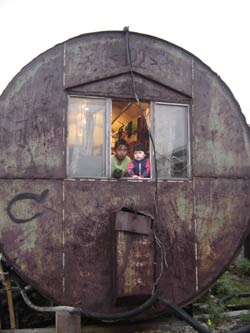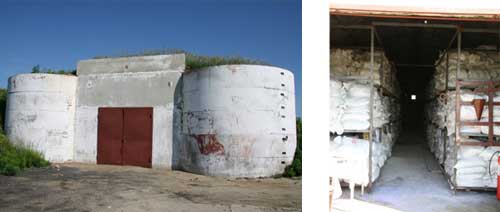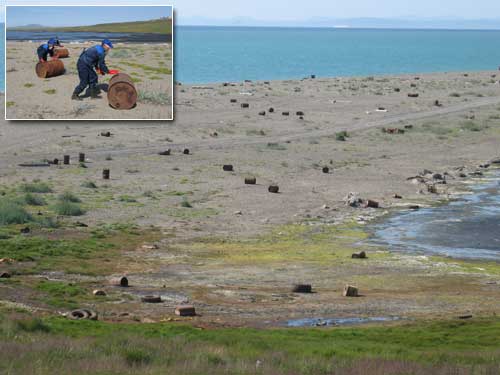Cleaning the Chesapeake Bay
Thursday, February 19th, 2009About the author: Lina Younes has been working for EPA since 2002 and chairs EPA’s Multilingual Communications Task Force. Prior to joining EPA, she was the Washington bureau chief for two Puerto Rican newspapers and she has worked for several government agencies.
As I’ve mentioned before, my weekend agenda is pretty much controlled by the activities that my youngest has scheduled. Recently, she was invited to a friend’s birthday party in Pasadena, MD. The home where they were having the party was about 45 minutes from our house. I had never been to the area and it wasn’t until we got there that we discovered the house was right on the Chesapeake Bay! There was a beautiful view of the majestic Chesapeake, the largest estuary in the nation, right at our footsteps.
I started speaking with the mom and she told me how they had recently moved into their new home. She also mentioned that she was looking forward to the spring to start gardening and planting new flowers and trees in her yard. I recommended that she plant native shrubs and trees which would help protect the Bay. Native plants reduce the need to use pesticides and fertilizers. Letting these shrubs grow densely along the waterway prevents non-point source pollution and erosion. Greenscaping techniques are beneficial anywhere you live and near a watershed these techniques have an added value.
There are several simple steps you can take at home to prevent non-point source pollution from harming such a national treasure or any watershed for that matter. As we get closer to Earth Day, we can start to think of ways to encourage our children and communities to get involved in environmental protection. The protection of our waterways is a good place to start. With spring just around the corner, there are many green activities which the entire family will enjoy.




